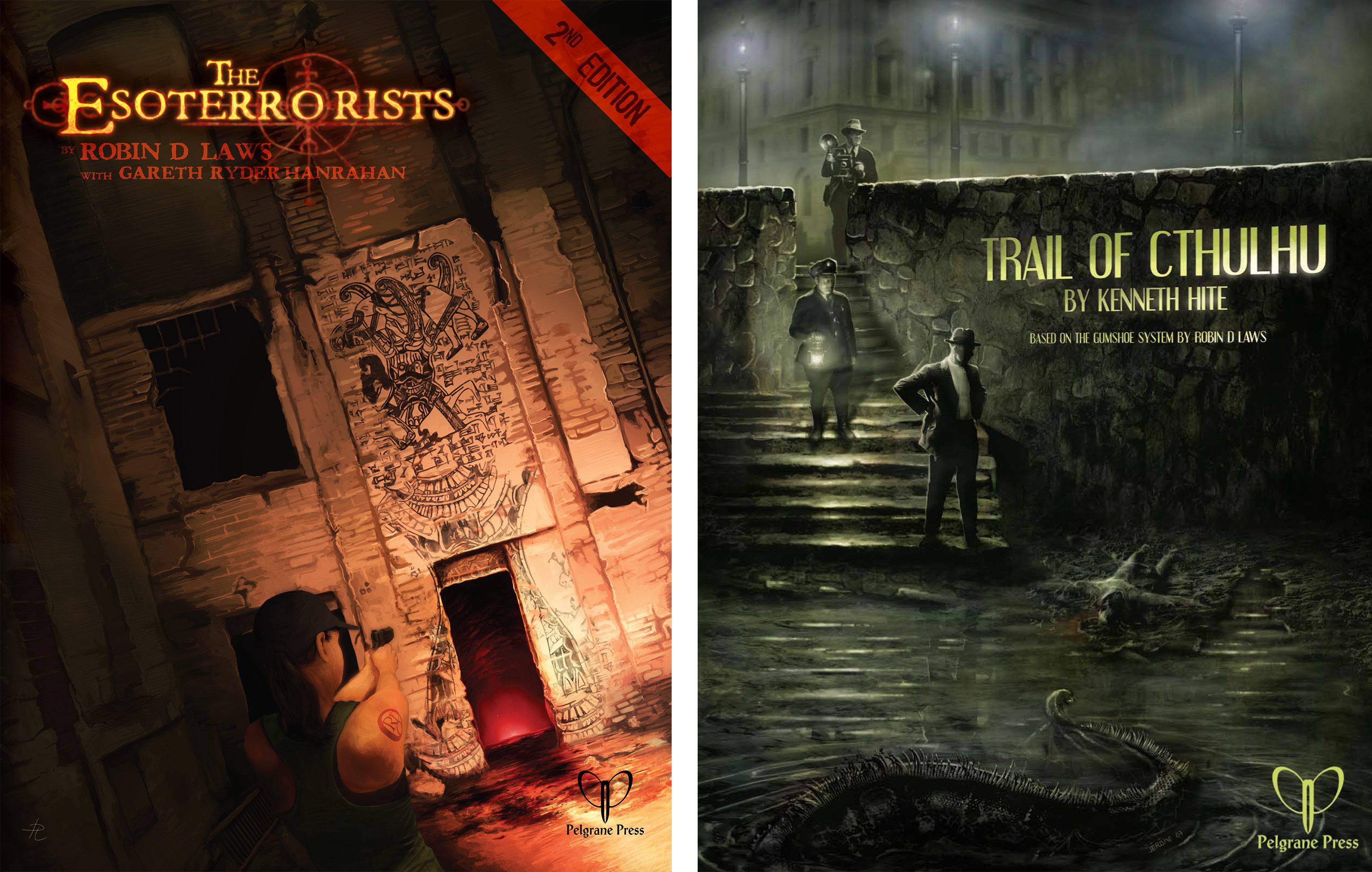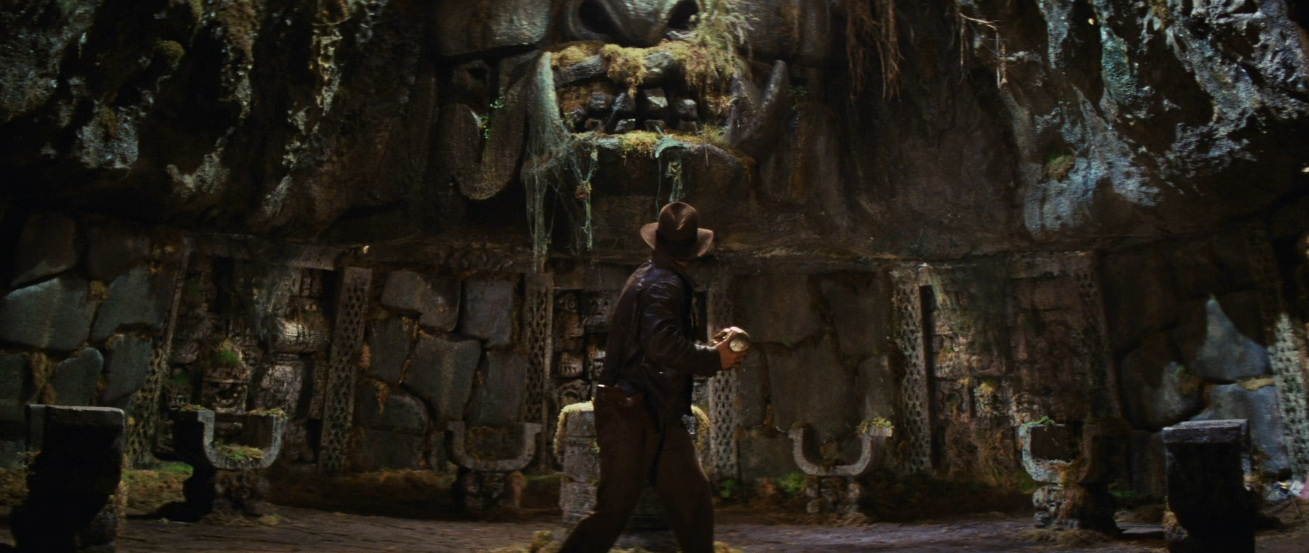In Night’s Black Agents, the PCs are considered to be operating under one of three levels of funding:
- Insufficient Funds
- Steady Funds
- Excessive Funds
As described on p. 95 of the Night’s Black Agents rulebook, their level of funding determines what types of supplies they can easily obtain. (For example, agents with Steady funds can buy same-day plane reservations, while those with Insufficient funds can’t. If you’ve got Excessive funds, on the other hand, you can just charter a plane.)
If you don’t have the funds for the op you’re trying to put together, then you’ll need to figure out some way around your constrained funds. (And the game gives you plenty of tools for doing this, ranging from hitting up the black market, reaching out to friendly contacts, making it for yourself, or stealing it.) You can also, of course, try to figure out how to improve your funding, which usually means doing some sort of job.
(You can also find details on this in the Night’s Black Agents system cheat sheet.)
The great thing is that all of this encourages the players to dig in: Whether it’s stealing what they need, sourcing from a black market dealer (who may betray them to the conspiracy), or taking an iffy job that pays well enough to keep them swimming in silver bullets for a few months, all of it fuels the complexity, paranoia, and tough choices at the heart of the espionage genre.
As I’ve been running Night’s Black Agents, though, I’ve found myself wanting a little more structure for tracking and making rulings on the PCs’ current funding status. Partly for my own sake, but also because I think having some structure will help the players feel in control… which will drive further strategic decision-making and create interesting choices and dilemmas in play.
PATRONAGE
If the PCs are supported by a patron — an intelligence agency, occult billionaire, etc. — the patron will provide either Steady or Excessive funds.
This funding will only change if their patronage is endangered (e.g., their patron is killed or the PCs are blacklisted).
Note: If you don’t want to worry about fluctuating funding, just give the PCs some form of the patronage. If you don’t necessarily want it to come with a string (or even a face attached), consider some sort of trust fund. I would generally recommend having patrons offer Steady funding, thus encouraging the PCs to occasionally have to figure out how to get their hands on Excessive funding when the occasion calls for it.
STRAINED FUNDING
If the PCs are providing their own funding, then they begin each op with a Funding pool of 5 points.
Each time the PCs make a significant purchase, they have to spend one point from this pool. The GM ultimately decides what constitutes a significant purchase, but they should remember that Funds should still effortlessly cover regular expenses and typical lifestyle. (And, of course, they should try to be consistent in these rulings.)
Tip: I’ve found hotels to be a useful way to think about this. A group with Steady funds, according to the rulebook, can stay in a normal hotel. So if they want to book a four-star hotel? Or simultaneously rent rooms at multiple hotels? Those are probably significant expenses.
On the other hand, a group with Excessive funds can regularly stay in four-star hotels, so that wouldn’t be a significant expense for them. If they want to rent a $10 million mansion, on the other hand? Spend a point of Funds.
The group with Steady funds, however, couldn’t rent the $10 million mansion from Funds. (If they need such a mansion, they’ll either need to improve their funding or they’ll need to create a bespoke solution for using the mansion.)
If the group needs to make a significant purchase, but they don’t have a Funding point to spend, then the op has strained their Funds. They can continue making significant purchases, but they will begin their next operation with strained funds.
If the group has strained funds — e.g., Steady (strained) — then they begin each op with a Funding pool of only 3 points. In addition, if a group with strained funds once again needs to make a significant purchase when they don’t have a Funding point to spend, they’ve exhausted their funds and their funding level drops by one level (e.g., a group with strained Steady funds would now have Insufficient funds).
Repairing Strained Funds: If a group has strained funds, they can take action to repair it — e.g., doing a well-paid job or robbing the payroll for a black ops mercenary team. If that happens, simply remove the strained condition from their funds.
Optional Rule — Strong Funding: In addition to strained funding, you could also introduce a class of strong funding — e.g., Steady (strong). This doesn’t increase the group’s Funding pool, but if a group with strong funding strains their funding, they only lose their strong funding status. (So it gives them some protection from strained funds.)
Optional Rule — Out of Cash: There’s no funding level below Insufficient, so if a group with Insufficient (strained) funds runs out of Funding points, they can no longer make significant purchases for the remainder of the op.
Note: This can easily doom an op. They can’t travel, get a car, or even rent a hotel room. In some campaigns, that can easily be a feature (and strongly motivate them to solve the problem). But if that doesn’t sound interesting, just don’t use this optional rule. Insufficient funds are punishing enough all by themselves.
Optional Rule – Insufficient Funding Crisis: Alternatively, if a group with Insufficient (strained) funds strains their funding again, this will trigger a funding crisis: Their car gets repoed. They get kicked out of their hotel room. A source of stability badgers them about unpaid child support (and they can’t use that source of stability to refresh until they solve it).
Note: Remember, there are already rules in the game for improving your current funds.
OPTION: STRAINED PATRONAGE
As another option, even if the PCs have a patron, you can still choose to track funding strain: The agents won’t necessarily find their funding pulled, but they might have to do one or two “budget ops” while their accounts are being audited or deal with some other logistical or bureaucratic consequences for taking advantage of their patron’s generosity / abusing the tax payers’ money.
FURTHER READING
Review: Night’s Black Agents
Review: The Zalozhniy Quartet
Review: The Persephone Extraction
System Cheat Sheet: Night’s Black Agents

















